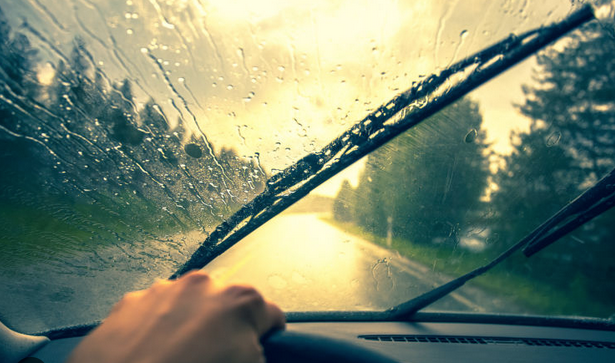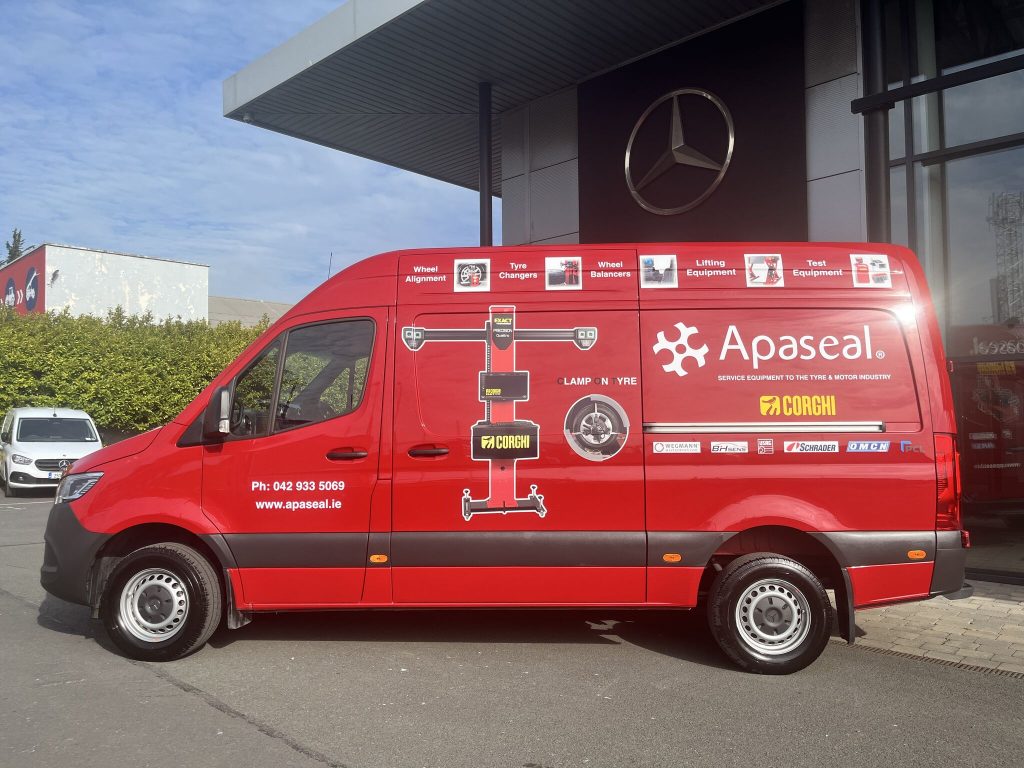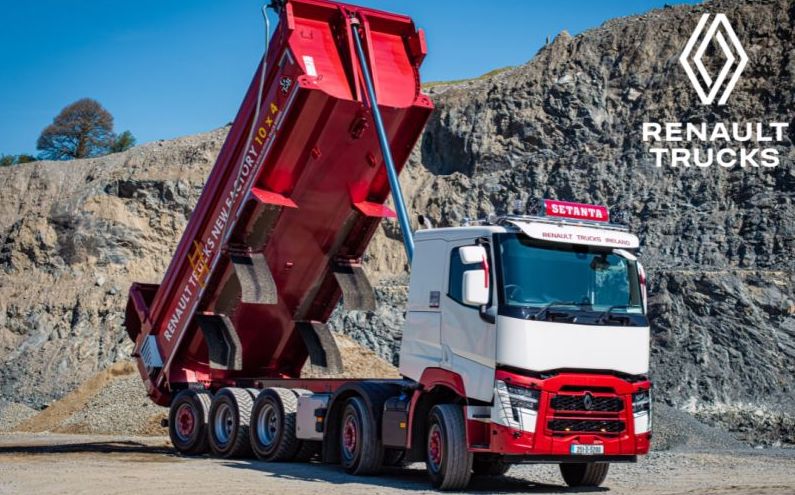Haulage operators are being that Storm Darragh with bring heavy wind and rain over the weekend.
When facing storms, hauliers and fleet operators) must prioritize safety, not just for themselves but also for other road users.
1. Monitor Weather Conditions
- Stay Informed: Regularly check weather forecasts, especially if you are operating in areas prone to storms.
- Apps and Alerts: Use reliable apps or weather services to get real-time alerts about incoming storms, hurricanes, or floods.
- Route Planning: Before setting out, plan routes that avoid areas affected by storms, floods, or other dangerous conditions.
2. Vehicle Preparation
- Inspect Tyres: Ensure your tyres are properly inflated and in good condition. Worn tyres can cause hydroplaning in heavy rain.
- Wipers and Lights: Check that the windshield wipers are functioning and replace any faulty ones. Ensure your vehicle’s lights are working, including hazard and brake lights.
- Fuel: Ensure your fuel tank is full before heading out. Storms can disrupt fuel stations, and you may need to detour to find one.
- Load Security: Make sure your load is properly secured, as strong winds could destabilize unsecured cargo.
3. Driving Safety During a Storm
- Reduce Speed: Lower your speed when driving in heavy rain, snow, or high winds to maintain control and avoid accidents.
- Increase Following Distance: Allow more space between your truck and other vehicles. It takes longer to stop in wet or slippery conditions.
- Stay in Lane: During high winds, be mindful of drifting. If possible, avoid crossing lanes or passing other vehicles.
- Visibility: Turn on your headlights in heavy rain or snow to ensure other drivers can see you. If visibility drops below 100 meters, it may be safest to pull over.
- Avoid Flooded Areas: Never attempt to drive through flooded roads, even if they seem shallow. Flooded areas can hide hazards such as road damage or deep water.
4. Driving in High Winds
- Grip the Steering Wheel: Maintain a firm grip on the steering wheel, as strong gusts can cause sudden vehicle shifts.
- Avoid High-Wind Areas: If possible, avoid driving on exposed highways or over bridges that are particularly vulnerable to crosswinds.
- Be Cautious of Other Vehicles: Watch out for lighter vehicles like cars or vans that may be more affected by wind gusts, and adjust your driving accordingly.
5. Handling Icy or Snowy Conditions
- Chains and Traction Devices: In case of heavy snow or ice, use snow chains or traction devices to improve your vehicle’s grip.
- Slow and Steady: In icy conditions, avoid sharp turns or sudden braking. Accelerate and decelerate slowly to maintain control.
- Watch for Black Ice: Black ice can be almost invisible. Drive with extra caution on bridges, overpasses, and shaded areas.
6. Emergency Situations
- Pull Over Safely: If conditions become too hazardous (e.g., visibility near zero or strong winds), pull over at a safe location like a rest stop or truck park.
- Stay in the Vehicle: During extreme weather, it’s safer to stay inside your truck until conditions improve rather than risking walking to seek shelter.
- Emergency Kit: Carry a storm emergency kit with essentials such as water, food, a flashlight, blankets, and a first aid kit.
- Communication: Inform your dispatch about your location, expected delay, and any potential risks. Stay connected and ready to change plans if conditions worsen.
7. Post-Storm Check
- Inspect Your Vehicle: After driving through a storm, check for any potential damage such as water damage, debris, or loose parts.
- Avoid Overloading: If you need to continue after a storm, avoid taking on more load than usual. Storms can take a toll on vehicle performance, and the last thing you need is an overloaded vehicle in unstable conditions.
8. Legal Requirements
- Adherence to Restrictions: Be aware of road closures or weight restrictions that might be in place during or after a storm. This is particularly important during high winds or flooding.
- Insurance: Ensure your vehicle is adequately insured, including for weather-related damage. Review your coverage before and after the storm season.
9. Rest and Sleep
- Fatigue: Stormy weather can be mentally and physically taxing. If you’re feeling tired or stressed, pull over at a safe location and take a break.
- Plan for Delays: Factor in extra time for potential storm delays. Rest is important for making sound decisions and staying alert.
By following these tips, hauliers can help ensure their safety and minimize the risk of accidents or damage during storms.


